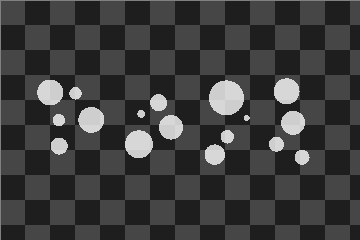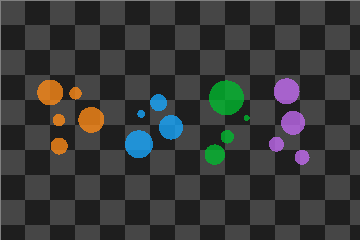You are here: Start » FIL.NET » Function Reference » Region » Region Global Transforms » FIL.SplitRegionIntoExactlyNComponents
Splits a region into a fixed-size array of regions.
| Namespace: | FilNet |
|---|---|
| Assembly: | FIL.NET.dll |
Syntax
C++
C#
public static void SplitRegionIntoExactlyNComponents ( FilNet.Region inRegion, int inComponentCount, float inDistanceBalance, bool inRemoveBoundaryBlobs, INullable<SafeList<FilNet.Region>> outComponents )
Parameters
| Name | Type | Range | Default | Description | |
|---|---|---|---|---|---|
 | inRegion | FilNet.Region | Input region. | ||
 | inComponentCount | int | <1, INF> | ||
 | inDistanceBalance | float | <-1.0f, 1.0f> | Defines how much important the distance between regions in x coordinate is according to distance in y coordinate. | |
 | inRemoveBoundaryBlobs | bool | False | Flag indicating whether the blobs on border of the input region should be removed or not. Default value: False. | |
 | outComponents | FilNet.INullable<FilNet.SafeList<FilNet.Region>> | This parameter cannot be null. |
Description
The filter splits the input region into blobs and iteratively joins some of them into bigger components until
only inComponentCount components remain. Only blobs that are distant from each other by at most inMaxDistance
can be joined. The joining order is determined based on modified distance between two blobs, so the closest ones are joined first.
This modified distance between two blobs is computed as follows:
- The shortest segment connecting two blobs is computed.
- The segment is scaled by \[ 0.5 \cdot (1 + inDistanceBalance) \] along the X axis and by \[ 0.5 \cdot (1 - inDistanceBalance) \] along the Y axis.
- Finally the length of the so scaled segment is computed.
Examples
 |
 |
SplitRegionIntoExactlyNComponents used with inComponentCount = 4.
Remarks
This filter is mostly used in Blob Analysis Technique please refer to our Machine Vision Guide - Blob Analysis article.

